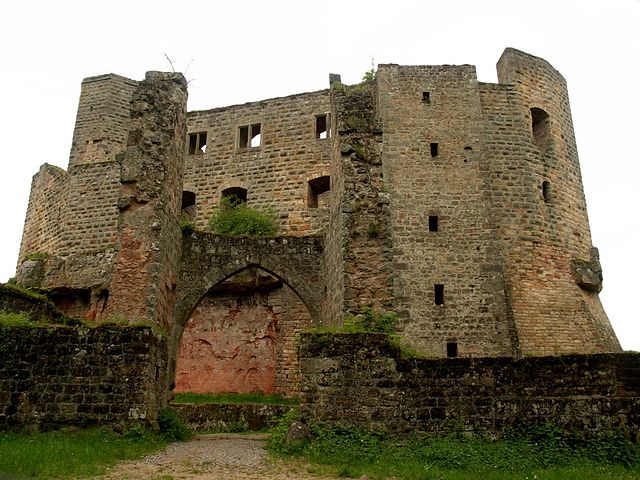The Baden Army was the military organisation of the German state of Baden until 1871. The origins of the army were a combination of units that the Badenese margraviates of Baden-Durlach and Baden-Baden had set up in the Baroque era, and the standing army of the Swabian Circle, to which both territories had to contribute troops. The reunification of the two small states to form the Margraviate of Baden in 1771 and its subsequent enlargement and elevation by Napoleon to become the Grand Duchy of Baden in 1806 created both the opportunity and obligation to maintain a larger army, which Napoleon used in his campaigns against Austria, Prussia and Spain and, above all, Russia. After the end of Napoleon's rule, the Grand Duchy of Baden contributed a division to the German Federal Army. In 1848, Badenese troops helped to suppress the Hecker uprising, but a year later a large number sided with the Baden revolutionaries. After the violent suppression of the revolution by Prussian and Württemberg troops, the army was re-established and fought in the Austro-Prussian War of 1866 on the side of Austria and the southern German states, as well as in the Franco-Prussian War of 1870 on the side of the Germans. When Baden joined the German Empire in 1870/71, the Grand Duchy gave up its military sovereignty and the Badenese troops became part of the XIV Army Corps of the Imperial German Army.

Matthäus Merian: The Battle of Wimpfen
Uniforms of the various Baden associations, late 18th C. L to R: Fusilier officer, two officers of the Life Guard Infantry Regiment, NCO of fusiliers, grenadier of the Life Guards, musketeer of the Infantry Life Guards, fusilier. Drawing: Richard Knötel
Baden Dragoons, 1809 (drawing by Richard Knötel)
Napoleon's crossing of the Berezina was covered by Baden, Hessian, Polish and Bergian soldiers of the IX Corps.
Margraviate of Baden-Baden
The Margraviate of Baden-Baden was an early modern southwest German territory within the Holy Roman Empire. It was created in 1535 along with the Margraviate of Baden-Durlach as a result of the division of the Margraviate of Baden. Its territory consisted of a core area on the middle stretch of the Upper Rhine around the capital city of Baden, as well as lordships on the Moselle and Nahe.
Schloss Rastatt, the palace of the margraves in the 18th century
Ruins of Schloss Hohenbaden [de] above Baden-Baden, the "old castle" and original seat of the house of Baden.
Kastellaun Castle in the county of Sponheim, residence of Edward Fortunatus.
Gräfenstein Castle in Rodalben, centre of the Lordship of Gräfenstein.






![Ruins of Schloss Hohenbaden [de] above Baden-Baden, the "old castle" and original seat of the house of Baden.](https://upload.wikimedia.org/wikipedia/commons/thumb/1/16/Festung_Schloss_Hohenbaden.jpg/640px-Festung_Schloss_Hohenbaden.jpg)

